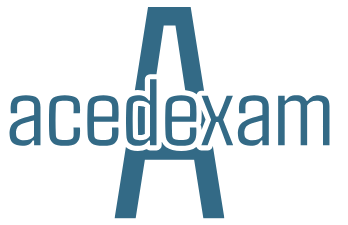Understanding Cosmos DB backups – Developing Business Continuity
Azure Cosmos DB, as a managed service, also manages your backups, and by default provides a default level of frequency and retention. Backups are managed through the Backup & Restore view of your Cosmos DB and are configured for the entire account. The options are relatively straightforward, as we can see in the following screenshot: …
Understanding Cosmos DB backups – Developing Business ContinuityRead More
Understanding recovery plans – Developing Business Continuity
Using recovery plans allows you to have far greater control over what is failed over and when. Using this mechanism, you can have more direct control over the timing of failovers for individual services. Typically, you would group applications into a recovery plan; for example, if you have a web application consisting of a VM …
Understanding recovery plans – Developing Business ContinuityRead More
Planning for Site Recovery – Developing Business Continuity
Business-critical applications may have different backup and recovery requirements to servers that don’t change often or store data. For applications that need to be recovered quickly, or that need to be backed up every few minutes or hours, Recovery Services values also provide a tool called Azure Site Recovery. Both Azure Backup and Azure Site …
Planning for Site Recovery – Developing Business ContinuityRead More
Understanding backup policies – Developing Business Continuity
A backup policy is used to define different aspects of how you want to back up your workloads, and multiple policies can be created and used. For example, you may want to use one policy for application VMs that don’t change very often, and a separate policy for database VMs, whose data changes continually. Once …
Understanding backup policies – Developing Business ContinuityRead More
Understanding the Recovery Point Objective (RPO) – Developing Business Continuity
An RPO is often stated alongside an RTO. If you are architecting a solution that performs regular backups of your platform, then you also need to consider how often those backups are taken. This effectively determines your RPO, which is the maximum amount of time that can pass between backups. For example, an RPO of …
Understanding the Recovery Point Objective (RPO) – Developing Business ContinuityRead More
Understanding recovery solutions – Developing Business Continuity
In the last chapter, we started the operations and monitoring topic by looking at logging and monitoring. In this chapter, we’ll explore another important subject – the ability to recover from a complete outage. Azure provides a range of recovery solutions that offer different features; these include traditional backup and restore functionality for VMs and …
Understanding recovery solutions – Developing Business ContinuityRead More
Using cost management and reporting – Designing for Logging and Monitoring
Using a cloud platform such as Azure provides great flexibility in costs; that is, you only pay for exactly what you need. However, with such a flexible pricing model, costs could easily spiral out of control, resulting in bill shock. Luckily, Azure provides you with a number of tools to help keep an eye on …
Using cost management and reporting – Designing for Logging and MonitoringRead More
Azure Sentinel – Designing for Logging and Monitoring
Azure Sentinel brings together all your logs from all sources, via the Log Analytics workspace, to correlate and search for threats. Sentinel uses connectors to integrate with Microsoft 365, Active Directory, and many third-party vendors such as Cisco, Carbon Black, and F5 networks. By combining information from many different sources, an attack can be tracked …
Azure Sentinel – Designing for Logging and MonitoringRead More
Understanding security and compliance – Designing for Logging and Monitoring
Security and compliance are important factors in all organizations. As we move our solutions to the cloud, we need to ensure that the resources we build do not expose data to the public network. In addition, many organizations define governance policies that must be adhered to; sometimes these are aligned to regulatory compliance, and sometimes …
Understanding security and compliance – Designing for Logging and MonitoringRead More
Log Analytics workspaces – Designing for Logging and Monitoring
In this chapter, we have seen how logs and metrics from Azure resources and VMs can be directed to a Log Analytics workspace. Having logs in a Log Analytics workspace provides a few benefits. First, logs can be retained for longer than 90 days. Second, logs can be more easily filtered using a query language …
Log Analytics workspaces – Designing for Logging and MonitoringRead More
